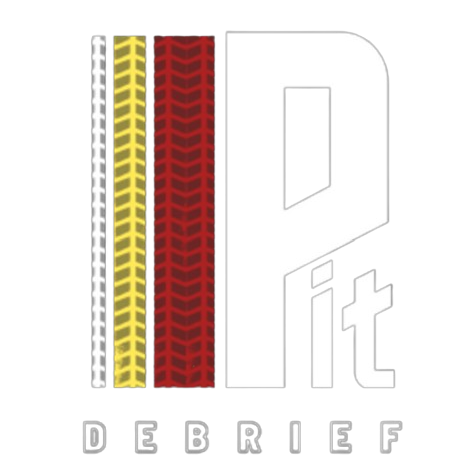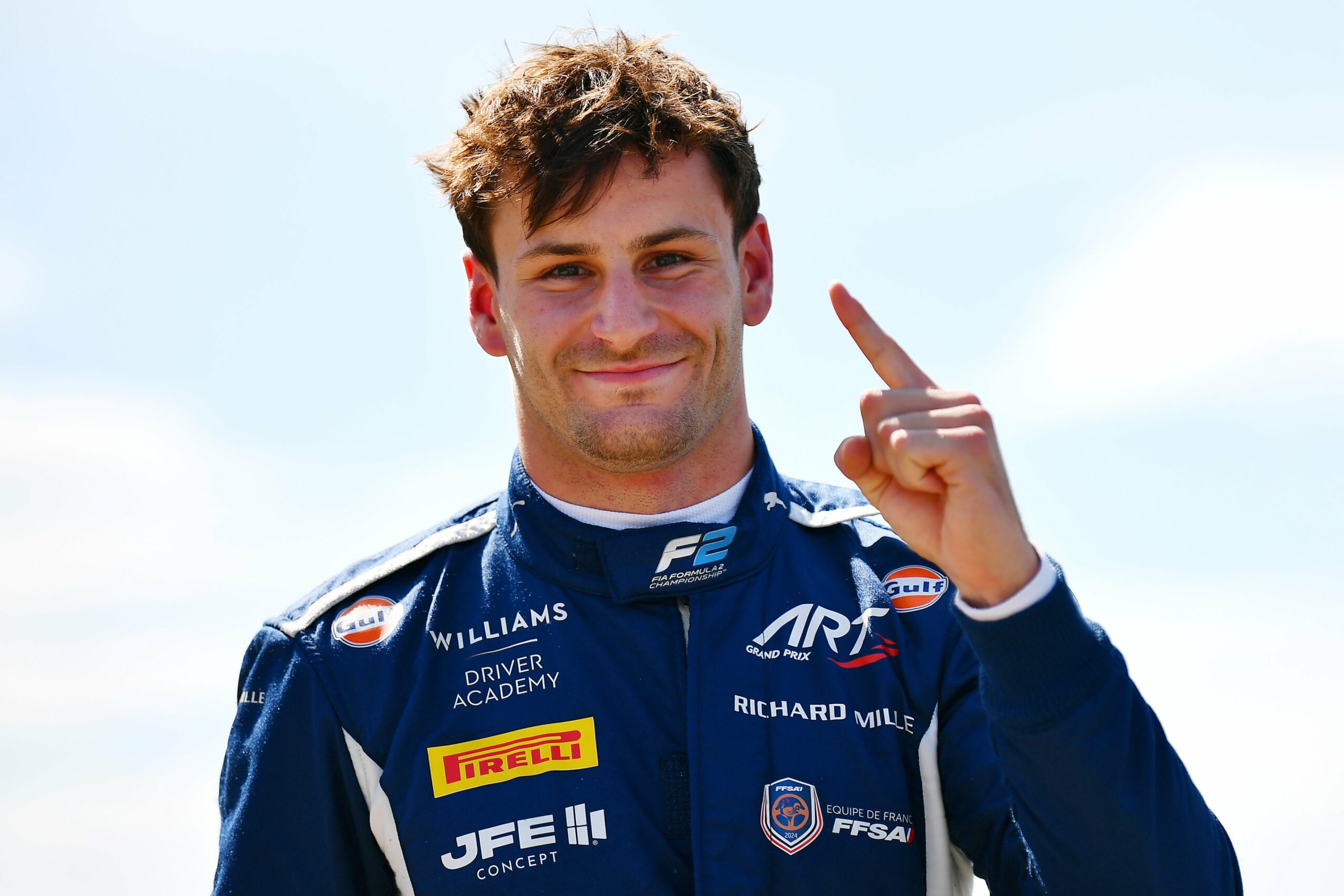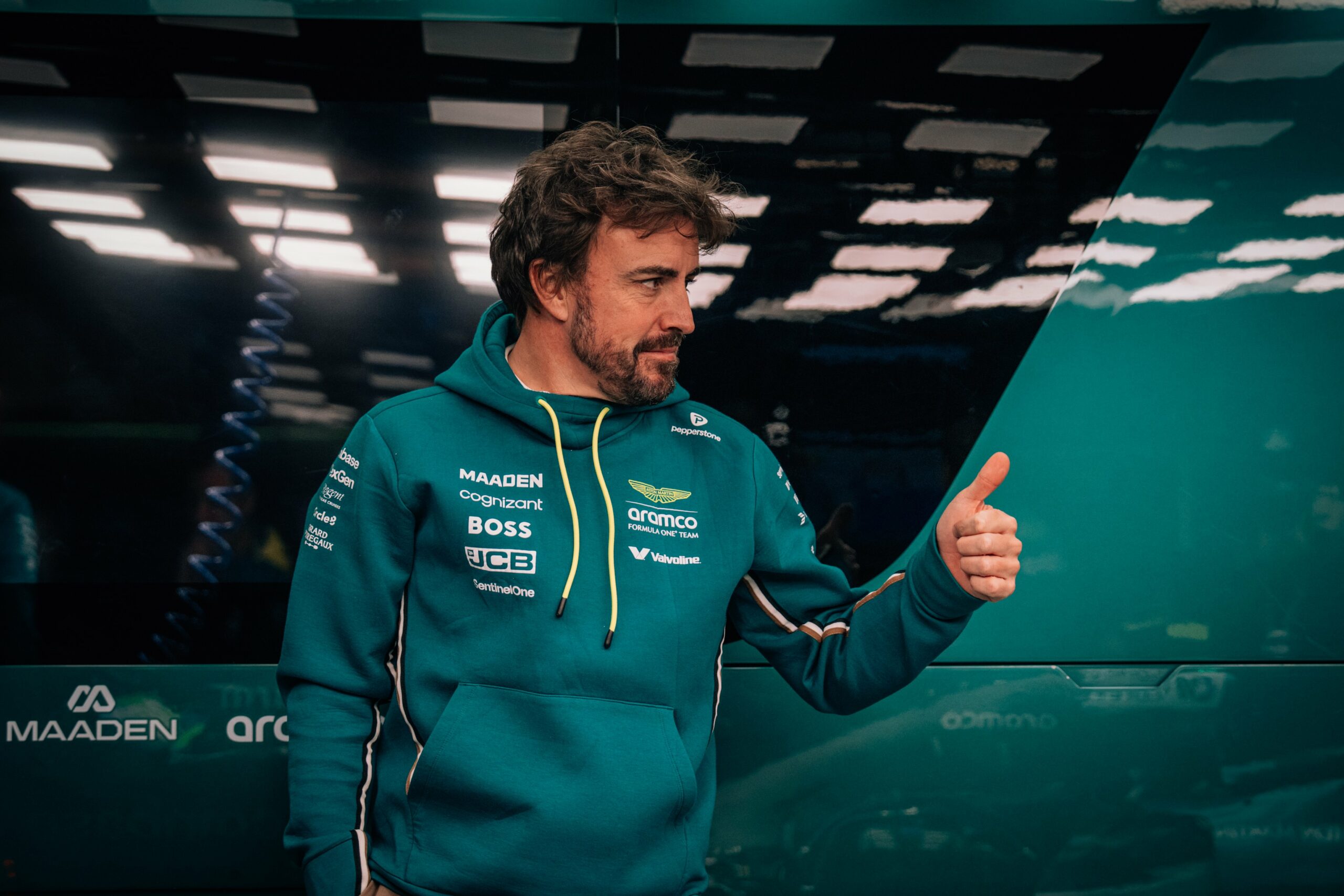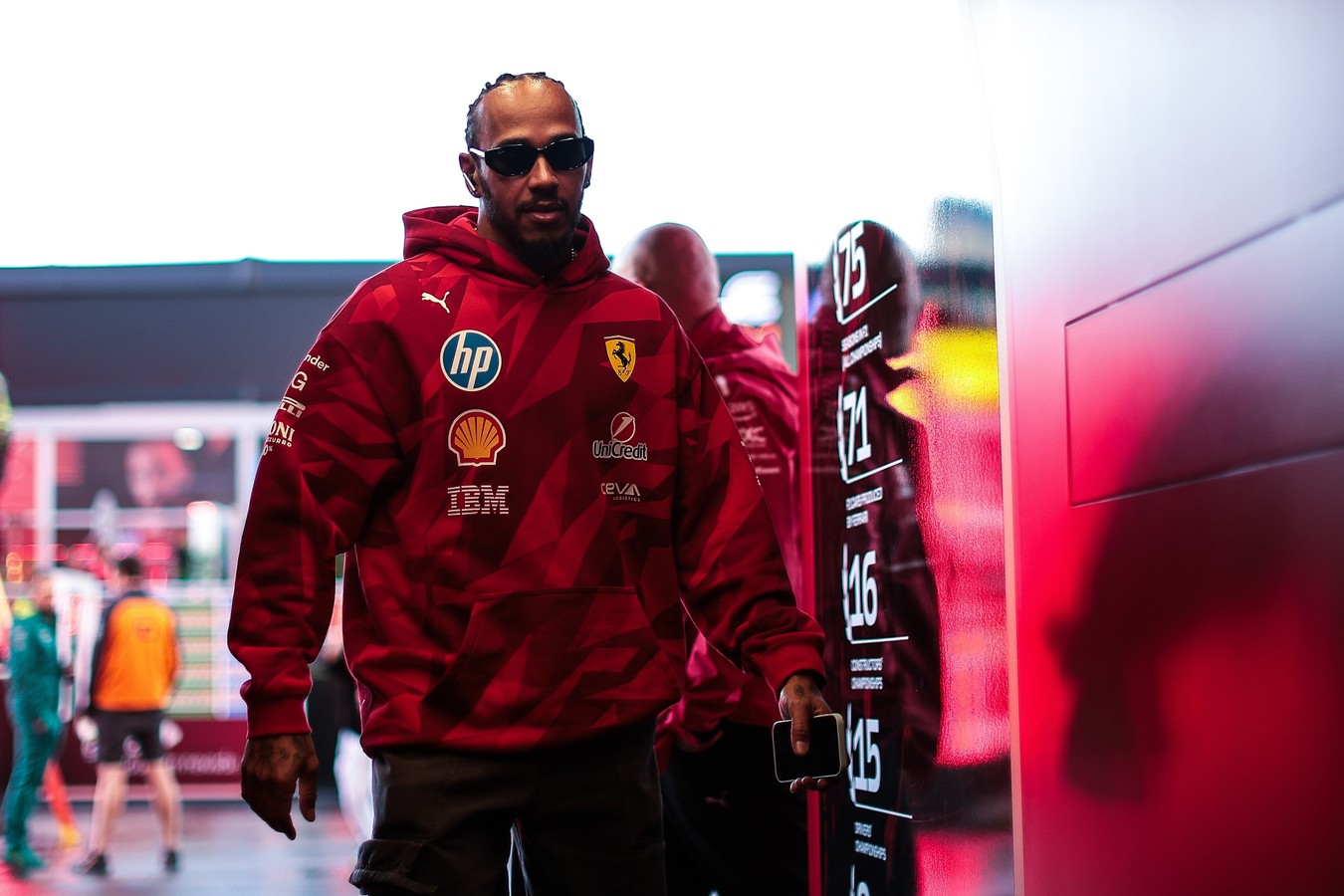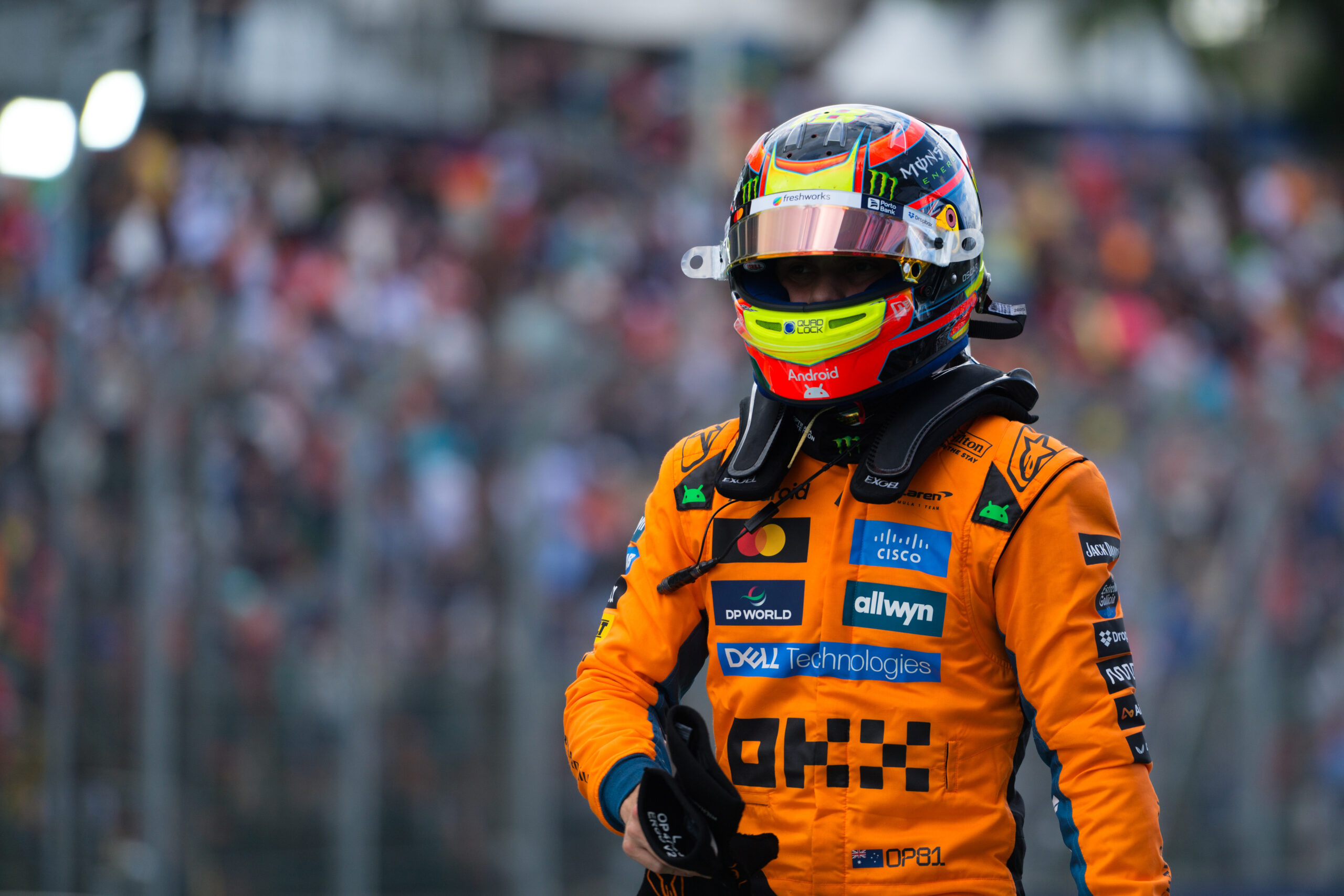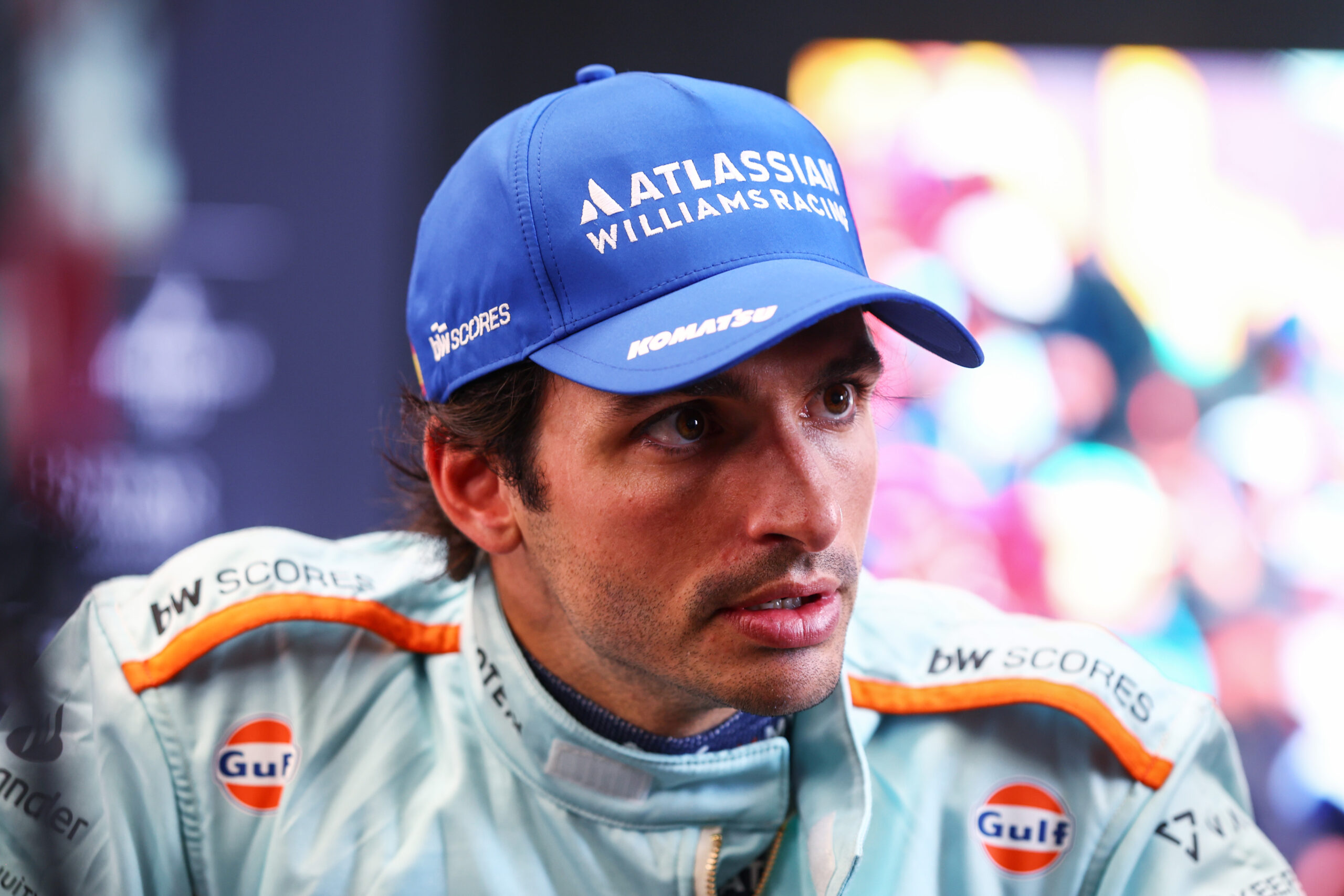Williams Racing Academy driver Victor Martins, now in his third F2 season with ART Grand Prix, has opened up about what defines his approach behind the wheel. For the Frenchman, everything comes down to one thing: confidence.
Martins explained, “I think I would say the most important thing is to get good confidence in the car. For most of the drivers it’s the key part of their success it’s just the confidence. When you get into the car, you complete your first lap, and you are like ‘I am one with the car’.”
So far in 2025, Martins sits 10th in the Drivers’ Championship after a mixed run of results. His season features highlights like P2 at the Spa Sprint Race, P3 in Jeddah, and consistent points in Austria and Barcelona. However, DNFs in Melbourne, Monaco, Silverstone, and Hungary have limited his progress.
Car balance and setup preferences
For Martins, having the right balance in the car is essential to unlocking performance. He prefers a responsive front end and is willing to work hard to control the rear.
“In terms of setup, I would rather an oversteery car rather than an understeery car with a good front end, because I will prefer to manage my rear tyres rather than being a passenger and waiting until the car rotates.”
He explains that a sharp front-end response lets him push in qualifying, “It’s what’s important. If you have a good front end, a good confidence in the car, and you get the tyres in the window, then in quali it’s really powerful.” However, he highlighted that, “But then in the race, maybe the approach is a bit different because you need to manage the tyres.”
Martin’s responsive front-end preference has helped him extract strong qualifying performances at circuits like Jeddah and Imola, where corner entry speed and precision are key. At Jeddah, he qualified P2 and finished P3, while in Imola, he qualified P3 but finished 12th after stalling.
Working closely with ART Grand Prix, Martins emphasized that adaptability remains crucial: “The goal of the team and I is to anticipate what we want and what we expect, but definitely if the car has a good front end, normally I will like it.”
Evolution of driving style
The Frenchman explained that his preference for a strong front end developed over time: “I do think you need confidence to have that type of preference, because during my career in the lower categories, I came up with the cars setup with good front end and I started to like it more and more.”
That change began in Formula 3, where he drove for MP Motorsport in his F3 debut year, 2021: “I think for my first year in F3, I started to really get this preference. But there are some track layouts that are better for this, some tracks where you better have a good rear end, and a lot of stability, and then some tracks where you need to have a really good front end, and the car is rotating by itself to bring some minimum speed and to have good performance.”
“It depends, but I think for my first year in F3 I started to change, maybe as a driver, with my driving style.” In 2022, he moved to Art Grand Prix and won the F3 Championship.
Braking and flexibility
Martins believed his adaptability extends to braking: “In terms of braking, I am quite flexible. I tend to perform on all tracks, so in the end, when I look at the big picture, I am quite confident that I manage my driving style quite well, in terms of different corners.”
Still, he admits he has tendencies: “Maybe there is more of a tendency for me to not really be a late breaker. I tend to like to bring some minimum speed into corners rather than braking late, stopping the car a lot, and then doing the V-Shape.”
“But I’m quite flexible honestly. It also depends on what lap you are on, or the track layout, or the corners. So I just change it if I can see it’s not suiting me but I manage to do it well and then I adapt to it.”
This adaptable approach helps Martins manage tyre degradation and changing track conditions. Spa-Francorchamps’ elevation changes and unpredictable weather test even aggressive drivers. Martins finished P2 in the Sprint and P8 in the Feature Race at Spa, despite a rainy and challenging weekend.
Preparation and adaptation
Before arriving at the circuit, Martins begins each weekend in the simulator, adjusting his driving style to suit the track’s corners and conditions. This preparation allows him to build a solid foundation, but he stressed that adaptability remains essential once he’s on track. He explains his process in detail:
“For the weekend, we always start preparing in the simulator, trying to get the driving style correctly for each type of corners of the track that we are going to, and then we work on that. So, we get a good feel before the weekend, but we also have to stay open-minded for the step in Qualifying, with for example, going from Hards to Softs, it will make a huge difference. You will be able to get a better combine traction, a lot more overall drip, so the limit is probably further, and it’s not the same, so you have to have this in mind.”
Understanding different situations
During Practice, Martins focuses on finding rhythm and understanding the car’s limits to gain more confidence before qualifying and the race. Whereas in races, “But then you have another situation in the race, where you need to adapt for tyre deg, for management, but it all starts in Practice. Once you get the rhythm, then you know how to build up your confidence, you can try things in FP, but then you know the step and limit for Qualifying.”
Yet, the mental side of racing is just as critical. As Martins explains: “For Qualifying, it’s always in your imagination. It’s dreaming about something that you might get or not get, it’s trying to think about what you will get in terms of grip and the balance of the car to win time.” From the very first lap, he emphasized, confidence is key: “In the end you need to deliver from Lap 1, and you don’t always know how the car is behaving. So the main thing is confidence, to be able to achieve that.”
By combining early preparation, adaptability, and a clear focus on confidence, Martins ensures he can push the limits of both himself and the car throughout the weekend.
Adapting to F1
As a Williams Racing Academy driver, Martins has experienced the step into Formula 1 machinery. Earlier this year, he participated in a Testing of Previous Cars programme at Monza in the FW45 alongside fellow academy driver, Luke Browning.
This season, Martins made his Formula 1 race weekend debut at the Spanish Grand Prix, driving the FW47 in Free Practice 1 alongside Carlos Sainz. He finished 19th in the session, gaining valuable insight into the car’s limits and learning how to adapt quickly to the speed and handling of a Formula 1 car. “When you jump into a Formula 1 car, you feel like there is no limit, at least from the first laps that you do,” Martins explained. “It feels like you can push, push, push 100%, and it will always stick to the ground and the track.”
“I think an F1 car comes to you really nicely and you have a lot more confidence than in F2, because you bring the car to the limit quicker.”
The transition
Reflecting on the transition, he said: “But for sure when you jump into an F1 car you think about what you are doing in F2. What is the driving style you need to have, and what you learned in the car because F2 is a great Championship to prepare drivers, and there is nothing better or closer to an F1 car.”
He continued: “But then it’s another challenge, so you need to adapt well because things are harder to achieve, and the car, which is our tool, there is much more performance in it, so you need some extra help.”
“It’s just a matter of confidence and driving style that you can take from F2 to F1, and F1 to F2.”
